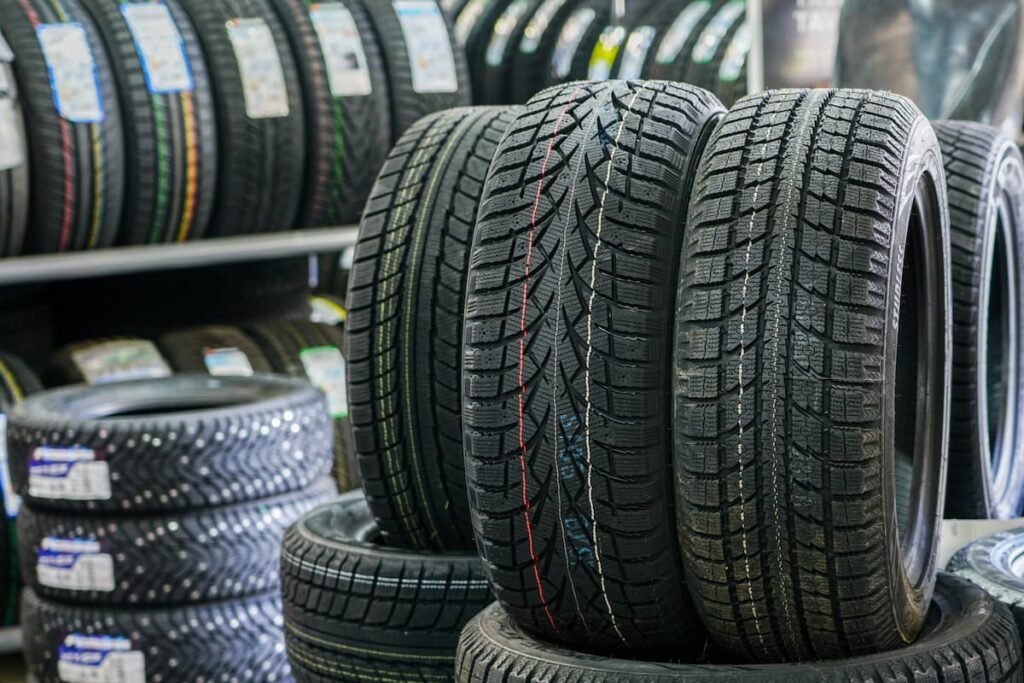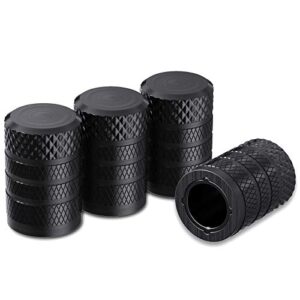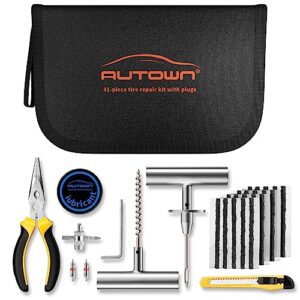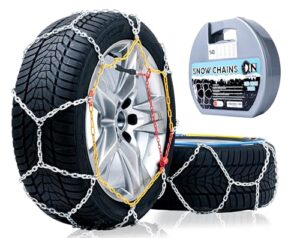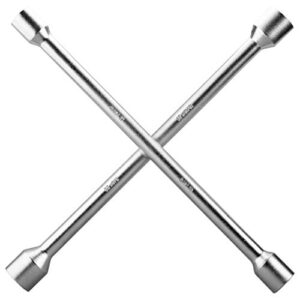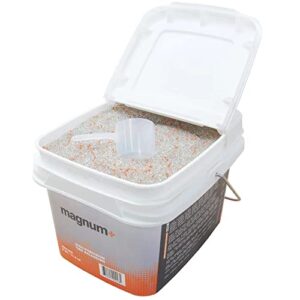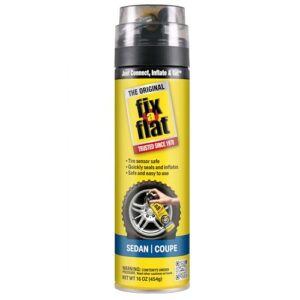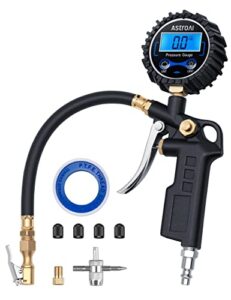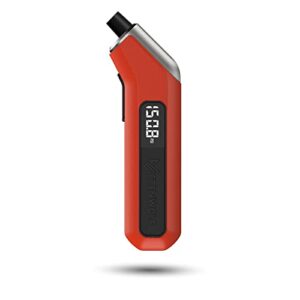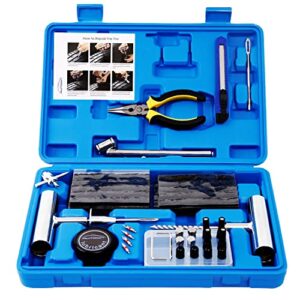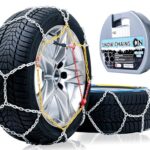Yes, you can mix different brands of tires, but it is not recommended. Mixing tires can affect vehicle performance and safety.
Choosing the right tires is crucial for your vehicle’s performance and safety. While it is possible to mix different brands of tires, doing so can lead to uneven wear and handling issues. Tires from different manufacturers may have varied tread patterns, rubber compounds, and performance characteristics.
These differences can result in a less stable driving experience, particularly in adverse weather conditions. For optimal performance and safety, it is best to use the same brand and model of tires on all four wheels. Always consult your vehicle’s manual or a professional mechanic before making any changes to your tires.

The Risks Of Mixing Tire Brands
Mixing different brands of tires can affect your vehicle’s performance. Each tire brand has unique designs and specifications. Combining them can lead to several risks. Understanding these risks is crucial for your safety on the road.
Impact On Vehicle Handling
Vehicle handling is crucial for safety and control. Mixing tire brands can alter the handling of your car. Different brands have varied tread patterns and rubber compounds. These differences can lead to uneven grip on the road. This can make steering less predictable and increase stopping distances.
A consistent set of tires ensures uniform contact with the road. This uniformity helps maintain balanced handling. Mixing brands disrupts this balance, making the vehicle harder to control. Keeping all tires from the same brand helps ensure safe and predictable handling.
Uneven Wear And Tear
Uneven tire wear is another risk of mixing brands. Tires from different brands wear at different rates. This happens because they are made from different materials and designs. Uneven wear can lead to frequent tire replacements.
| Brand | Wear Rate |
|---|---|
| Brand A | 5,000 miles |
| Brand B | 7,000 miles |
In the table, you can see an example of different wear rates. Brand A tires wear out faster than Brand B. Using them together causes uneven wear, impacting performance and safety.
Maintaining uniform wear ensures longer tire life and better performance. Always choose the same brand to avoid uneven wear and tear.

Performance Consistency Across Tires
Mixing different tire brands can affect your vehicle’s performance. Performance consistency is important for safety and handling. Different brands have unique designs and materials. This can cause various issues on the road.
Traction And Grip Variations
Tires from different brands may have different traction levels. Some tires grip the road better than others. This can lead to uneven handling on wet or dry surfaces. Traction and grip variations can affect your driving experience.
For example, one tire might be great for rain. Another tire might be better for dry roads. This difference can be dangerous during sudden maneuvers.
Braking Distance Concerns
Braking distance is crucial for safety. Tires from different brands may cause uneven braking. One tire might stop quickly, while another takes longer. This can lead to accidents.
The braking performance depends on the tire’s compound and tread design. Mixing brands can create unpredictable braking behavior. Always aim for consistent braking performance to ensure safety.
Manufacturer Recommendations Vs. Real-world Scenarios
Many drivers wonder if they can mix different brands of tires. Manufacturers have specific recommendations. Real-world scenarios often differ from these guidelines. Understanding both aspects can help you make a safe choice.
Warranty Implications
Mixing tire brands can affect your vehicle’s warranty. Manufacturers often require matching tires for warranty coverage. Check your vehicle’s warranty policy before mixing brands.
Warranty voids can lead to unexpected costs. Always read the fine print. If unsure, consult your dealer.
| Action | Warranty Impact |
|---|---|
| Mixing tire brands | Possible void |
| Using recommended brands | Warranty intact |
When Replacing All Tires Isn’t An Option
Sometimes, replacing all tires is not feasible. Budget constraints or emergencies might force you to mix brands. In such cases, follow some guidelines to ensure safety.
- Match tire types (summer, winter, all-season).
- Install matching tires on the same axle.
- Ensure similar tread patterns and sizes.
By following these tips, you can maintain safety. Always prioritize matching tires on the front or rear axle.
Check tire pressure regularly. Different brands may have different pressure requirements.
Choosing Tires Wisely: Compatibility Over Brand
Choosing the right tires is crucial for your vehicle’s safety. Compatibility should always take precedence over brand loyalty. Different tire brands may have varied designs and compositions. This affects how your car handles and performs. Ensuring compatibility means a smoother and safer ride.
Important Tire Parameters To Consider
Several key parameters must align to ensure tire compatibility:
- Size: The tire’s width, aspect ratio, and diameter must match.
- Load Index: Indicates the maximum weight the tire can support.
- Speed Rating: Determines the tire’s maximum safe speed.
- Type: Ensure the tire type (all-season, winter, etc.) is consistent.
- Tread Pattern: Different patterns can affect grip and noise levels.
Matching these parameters ensures your vehicle performs optimally. Safety and handling depend on these factors being consistent.
Mixing Tires Of The Same Brand But Different Models
Mixing tires of the same brand but different models is sometimes possible. It’s essential to ensure the models are similar. Check that they have the same size, load index, and speed rating.
Even within the same brand, tread patterns and rubber compounds can vary. This can affect the vehicle’s performance. Here’s a quick comparison table for clarity:
| Parameter | Model A | Model B |
|---|---|---|
| Size | 205/55R16 | 205/55R16 |
| Load Index | 91 | 91 |
| Speed Rating | V | V |
| Tread Pattern | Symmetric | Directional |
In the table above, the tread pattern differs. This can influence handling, especially in wet conditions. Always seek professional advice before mixing tire models.
Essential Safety Tips For Mixed Tires
Mixing different brands of tires can be tricky. It is crucial to ensure safety. Follow these essential tips to keep your ride safe.
Regular Tire Maintenance And Inspection
Regular tire maintenance is necessary for mixed tires. Check tire pressure weekly. Look for any signs of wear. Rotate your tires every 5,000 miles. Inspect tire treads for uneven wear.
| Maintenance Task | Frequency |
|---|---|
| Check Tire Pressure | Weekly |
| Rotate Tires | Every 5,000 miles |
| Inspect Treads | Monthly |
Professional Advice And Installation
Professional advice is essential. Consult an expert before mixing tire brands. They can guide you on the best combinations. Ensure professional installation for safety.
- Consult a tire expert
- Get recommendations on tire combinations
- Ensure professional installation
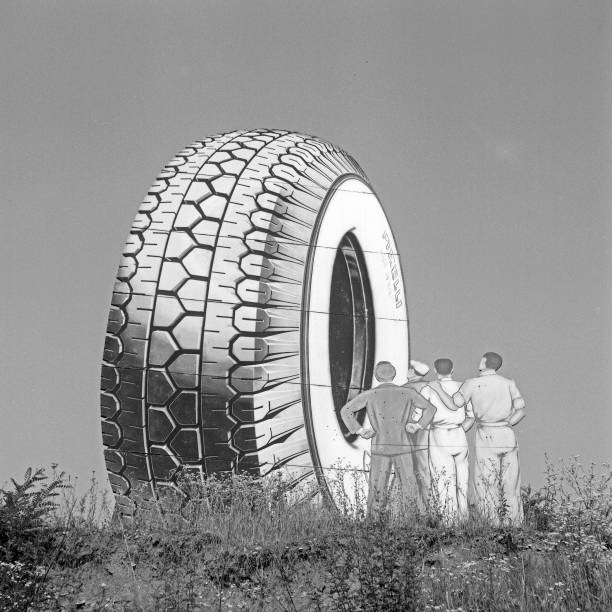
Frequently Asked Questions
Is It Okay To Have Two Different Brand Tires?
Yes, but it’s recommended to match tire types and sizes for optimal performance and safety. Mixing brands may affect handling.
Do All Four Tires Need To Be The Same Brand?
No, all four tires don’t need to be the same brand. They should match in size, type, and tread pattern for safety.
Is It Okay To Replace One Tire With A Different Brand?
It’s generally not recommended to replace just one tire with a different brand. It can affect handling and safety. Always consult your vehicle’s manual or a professional.
Do All Four Tyres Need To Be The Same?
Yes, all four tires should match in size, type, and tread pattern for optimal performance and safety.
Can I Mix Different Tire Brands?
Yes, but it’s not recommended. Mixing brands can affect performance and safety due to varying tread patterns and rubber compounds.
Conclusion
Mixing different brands of tires can affect your vehicle’s performance and safety. Always consult your vehicle’s manual and a professional mechanic. Stick to the same brand and model for optimal results. Prioritize your safety and ensure a smooth driving experience by making informed tire choices.
Your vehicle will thank you.


